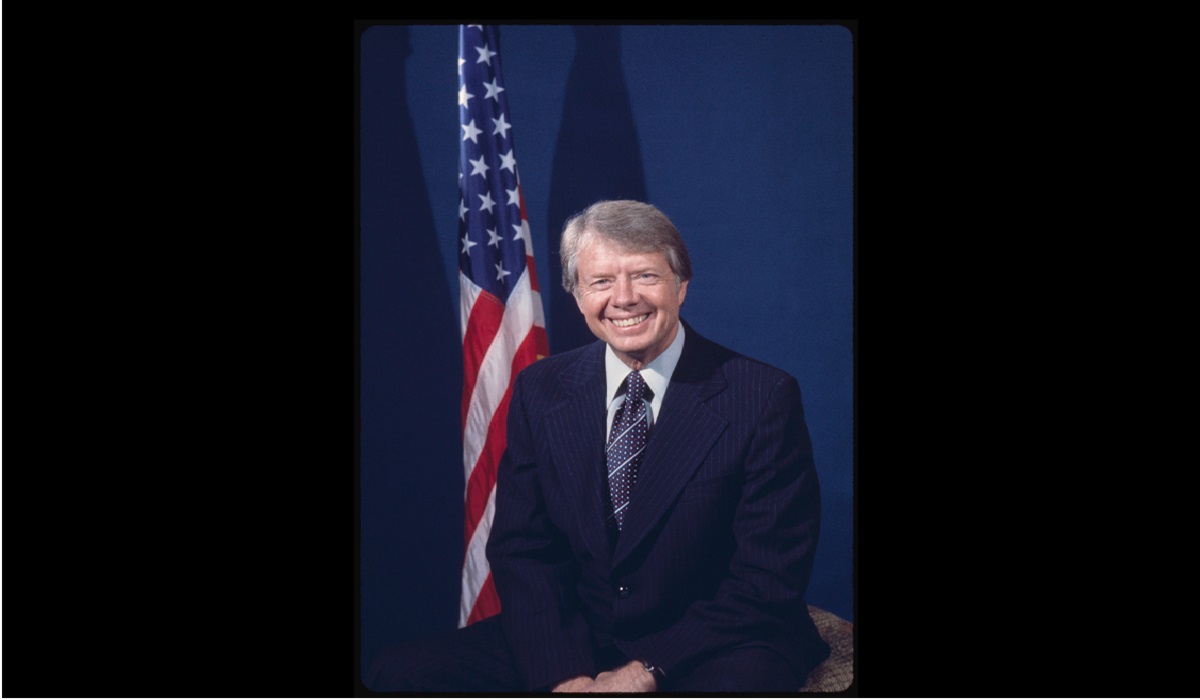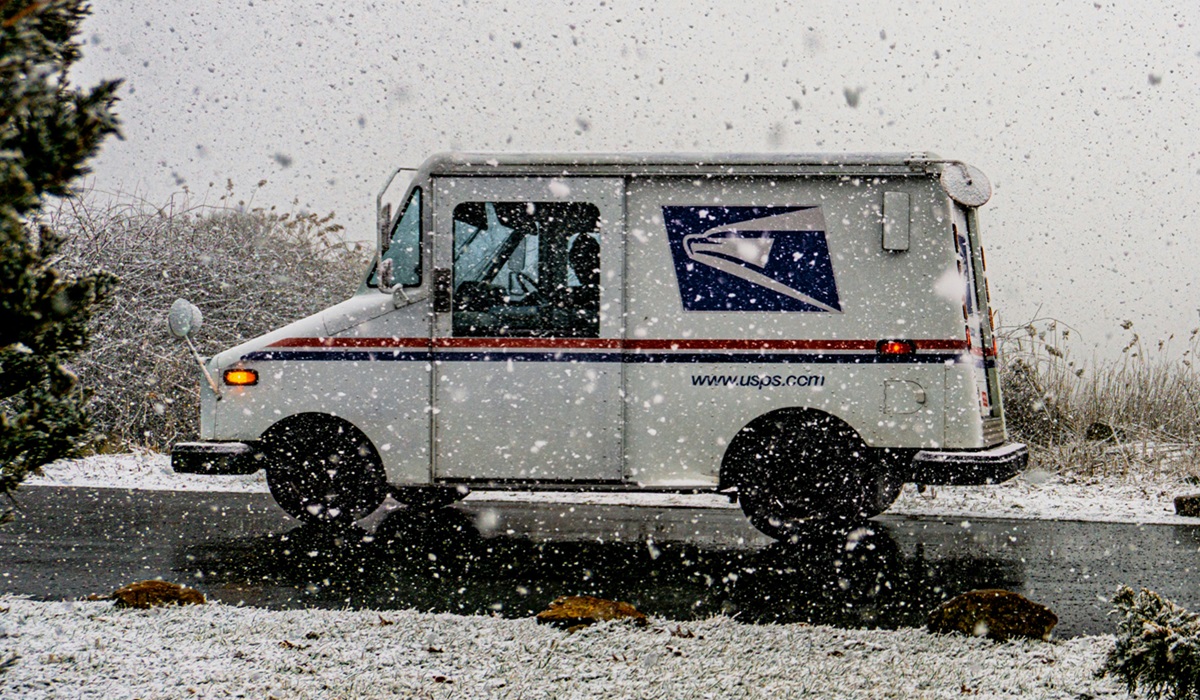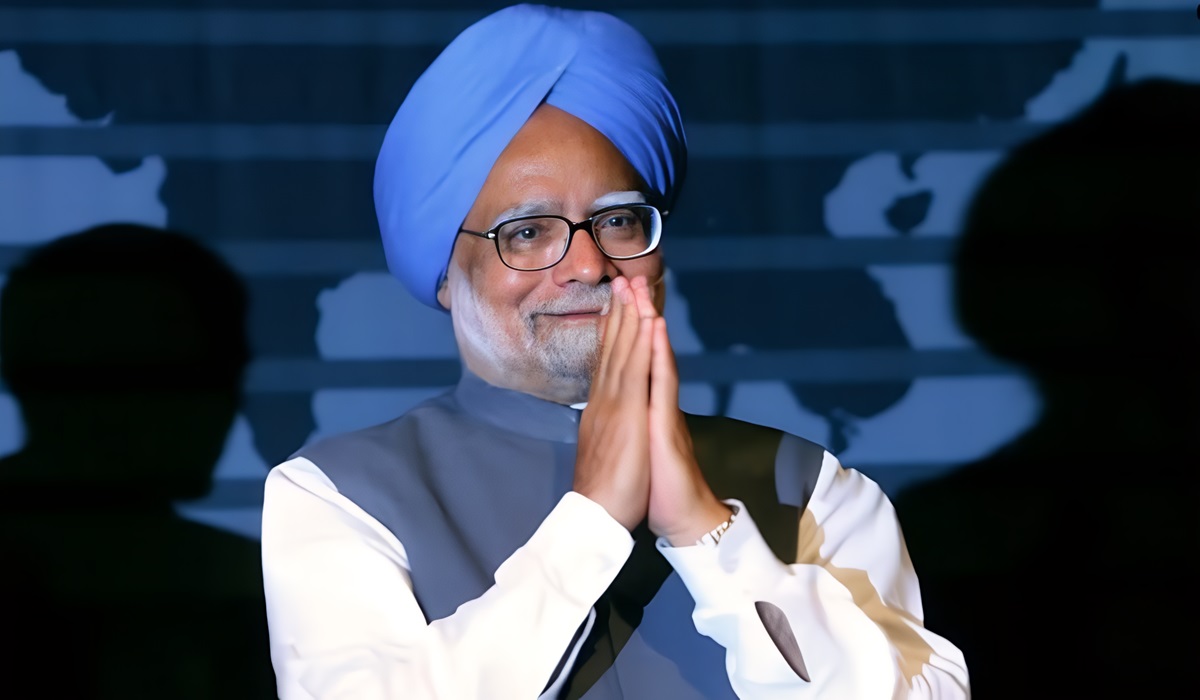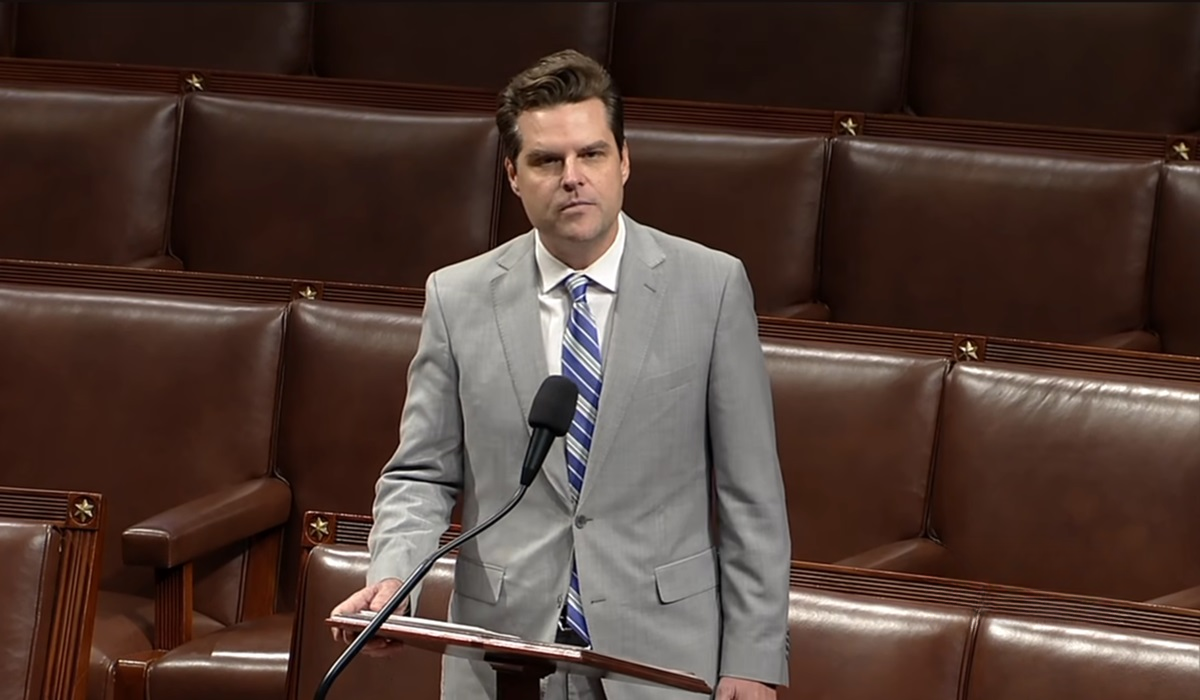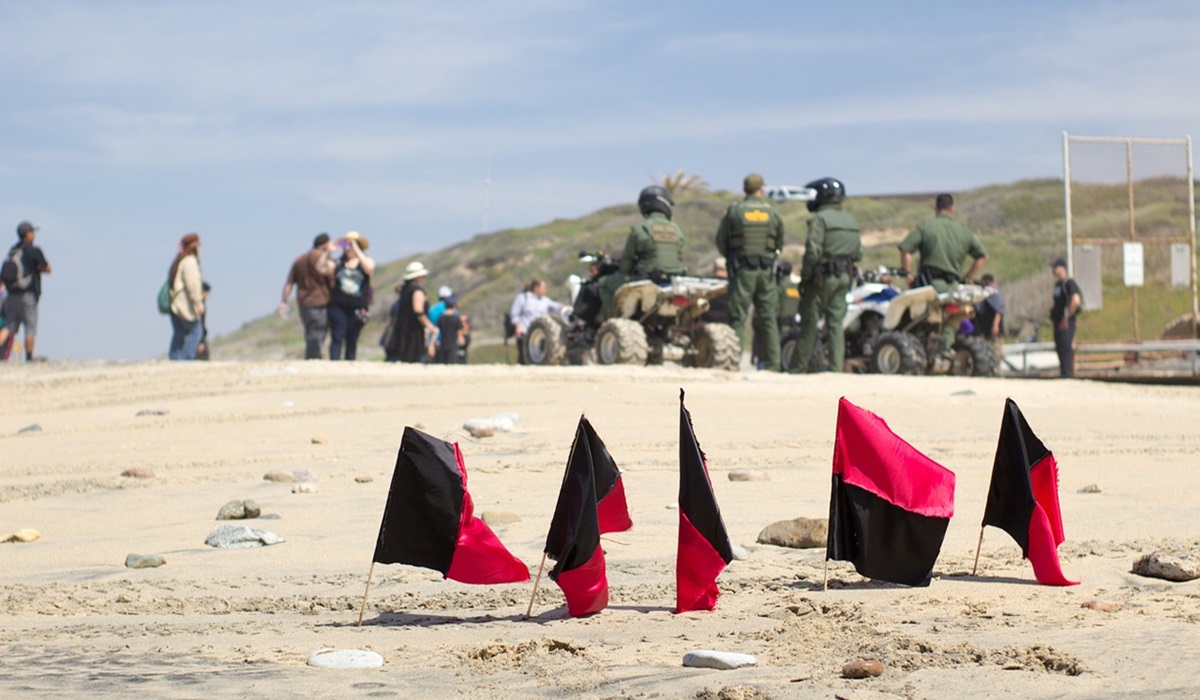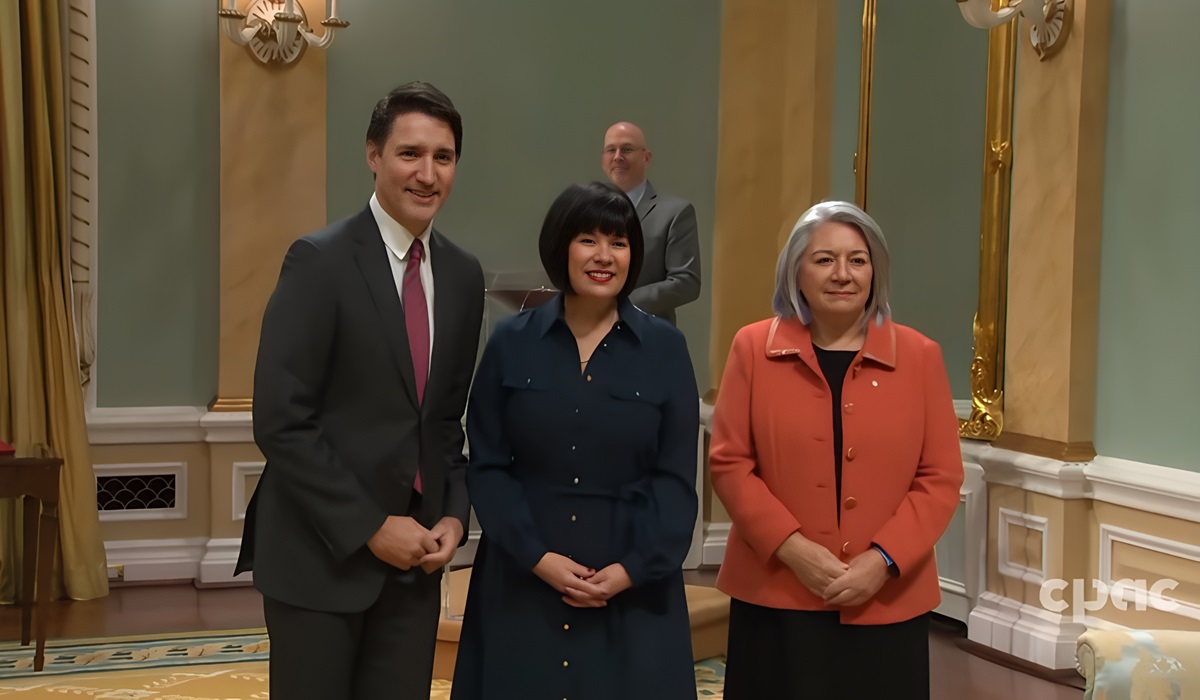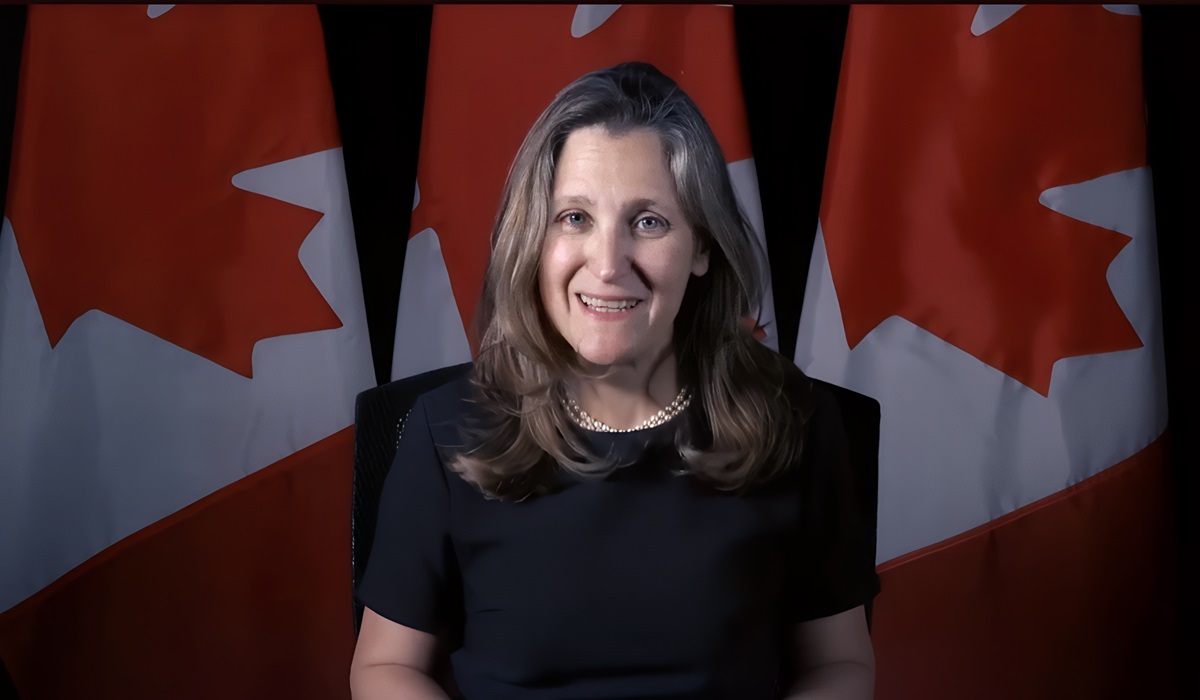NDP Breaks Supply Deal with Liberals: Is Canada Ready for a Winter Election?
- Ingrid Jones
- Breaking News
- September 5, 2024

The decision by the NDP to pull out of the supply-and-confidence agreement with the Liberal government has set the stage for a significant shift in Canadian politics. This agreement, negotiated between Jagmeet Singh’s party and the Liberals, was meant to provide stability while advancing progressive policies like dental care and healthcare expansion. For the party, it represented a chance to push forward key initiatives without the uncertainty of an election. But now, with the agreement unraveling, questions about the party’s motivations and timing have emerged.
A major factor behind the Singhs’s move appears to be the unrelenting pressure from Conservative leader Pierre Poilievre. His criticism of the deal, casting it as a sign of weakness and capitulation to Trudeau’s agenda, has had an undeniable impact. His decision to step away could be seen as an effort to reclaim its identity as an independent voice in Parliament, rather than a silent supporter of the government. Whether the NDP believes it has achieved all it can through the deal remains unclear, though some major victories, like dental care, have been secured.
As the prospect of an election looms, many are asking if Canadians are ready to head to the polls in the dead of winter. The country is grappling with economic challenges—soaring grocery prices, inflation, and a rising cost of living—making the timing less than ideal. Voter fatigue is also a concern, particularly when the issues at hand seem intractable. For the NDP, the question remains: have they accomplished enough through their time in the agreement to justify breaking away now? While dental care is a major win, other promises remain unresolved, and the party’s ability to deliver further improvements outside of the agreement is uncertain.
There’s also the matter of whether recent political momentum in places like Manitoba can be replicated on a national scale. The NDP has seen significant success in certain provinces, but winning over voters in regions like Ontario, Alberta, Saskatchewan, and Quebec presents a far greater challenge. The party must navigate complex political landscapes where the Conservatives and Liberals have long held sway. Some observers doubt whether they can even position itself as the official opposition in the next election, and a failure to do so would be a serious blow.
Timing is everything. There is speculation that the NDP will hold off on forcing a no-confidence vote until early 2025, a move that could coincide with eligibility for certain pension benefits for its leader. While this may seem like a minor detail, it highlights the careful calculation involved in navigating the political landscape. Forcing an election prematurely could backfire if the conditions aren’t right, and the risks of miscalculating are high. Should the NDP fail to make significant gains in the next election, the leadership itself could face serious questions about its future.
The upcoming federal election, whenever it happens, is set to be one of the most consequential in recent memory. Economic pressures have eroded the Liberal government’s support, with the rising cost of living, inflation, and other issues weighing heavily on voters. While Trudeau cannot be blamed for everything, the Conservatives have been effective in casting him as responsible for much of the current discontent. Moreover, the Liberals have lost considerable support among minority communities, particularly in places like Montreal, where Palestinian and Arab Canadians have expressed frustration with the government’s foreign policy.
If Trudeau’s Liberals manage to hold onto power in a minority, the question of leadership will undoubtedly come into focus. Calls for Trudeau to step aside have been growing, but history suggests he is unlikely to relinquish power easily. Several prominent MPs are already eyeing the top job, and a leadership contest could be in the cards if the Liberals suffer significant losses. However, Trudeau’s reluctance to leave office may complicate matters, even as internal pressures build.
Meanwhile, Poilievre’s path to victory looks increasingly viable. His message resonates with many conservative Canadians who feel left behind by the current government, and his populist rhetoric is gaining traction. If Poilievre were to win, especially alongside a potential return of Donald Trump to power in the United States, it would signal a profound shift in North American politics. Both leaders share similar political views, and their simultaneous leadership could reshape the political landscape in ways that are hard to predict.
The countdown to the next election has begun, and the stakes could not be higher. The NDP’s decision to end its partnership with the Liberals will either prove to be a bold, strategic move or a costly miscalculation. The political future of Canada hinges on what happens next, and the choices made in 2025 will have a lasting impact on the country’s direction. Canadians are preparing for what may be one of the most defining elections in recent history.

